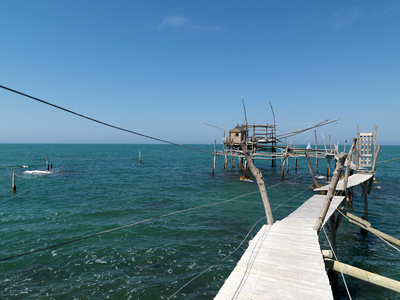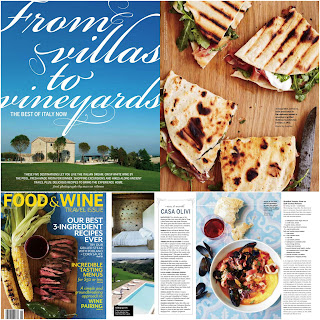Die Autorin des kürzlich erschienenen Buchs "Kulinarische Spaziergänge in Lucca" Anna Strobel schreibt über Lucca:
"Wir kommen vom Meer her. Schon von Weitem sehen wir die Türme von
Lucca. Die Stadt war früher bekannt als die Stadt der Türme. Es gab
einmal mehr als 103 Türme, mehr als in San Gimignano. Bis auf wenige
wurden diese im Laufe der Jahre abgetragen für Bauten in der Stadt.
Wir nähern uns der Stadtmauer. Sie wurde ursprünglich von den
Römern erbaut und später mehrmals erweitert. Die Stadt gliedert sich
heute in eine Teil "fuori le mura" (außerhalb der Mauer) und einen Teil
"dentro le mura" (innerhalb der Mauer). Der Teil der Stadt innerhalb der
Mauer ist der wesentlich schönere. Lucca ist seit 20 Jahren im
Stadtinneren autofrei; das macht einen Besuch hier sehr angenehm. Die 12
Meter hohe und 4,2 km lange Mauer um die Stadt hat Lucca als
Verteidigungsmauer viele Jahre geschützt. Die Luccheser haben die
pisanische Fremdherrschaft immer abgelehnt. Ihre Freiheit war ihnen
besonders wichtig.
Wir fahren nun um die
Stadtmauer herum und stellen unser Auto außerhalb ab. Jetzt begeben wir
uns auf eine Entdeckungsreise in die Stadt hinein.
In Lucca fasziniert vor allem das malerische mittelalterliche
Stadtbild. Die Luccheser haben etwas Ungewöhnliches geschafft, nämlich
ihre Stadt zu erhalten.Glücklicherweise ließ niemand zu, dass die Stadt
sich ausschließliche Touristenwünschen anpasste. So gibt es hier noch
den Einzelhandel, z.B. Buch-, Feinkost-, Schokoladenläden und viele
mehr.
Zugunsten der einheimischen Gastronomie beschloss der Stadtrat sogar und
nicht zur Freud aller Touristen, ausländische Restaurants und
Fast-Food-Lokale innerhalb der Mauer nicht mehr zu genehmigen. Er möchte
auch Auflagen machen, wie sich Kellner zu kleiden haben und besteht
darauf, dass die Lokale Luccheser Gerichte anbieten und somit die
Traditionen der Stadt erhalten. Die Stadt ist in vielen Dingen nicht mit
dem Zeitgeist gegangen. Vielleicht ist die Zeit hier sogar ein bisschen
stehen geblieben."










